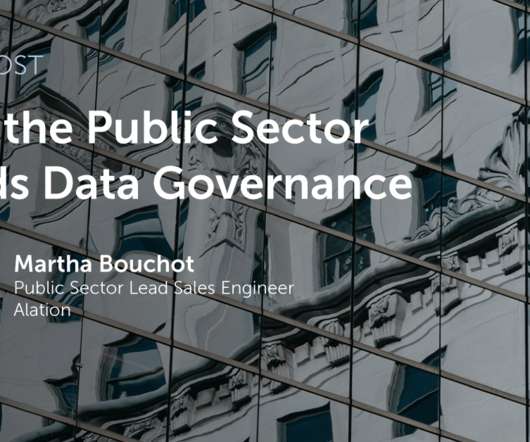The Future Is Hybrid Data, Embrace It
Cloudera
JUNE 7, 2022
In the past decade, the amount of structured data created, captured, copied, and consumed globally has grown from less than 1 ZB in 2011 to nearly 14 ZB in 2020. Impressive, but dwarfed by the amount of unstructured data, cloud data, and machine data – another 50 ZB. Where data flows, ideas follow.














Let's personalize your content